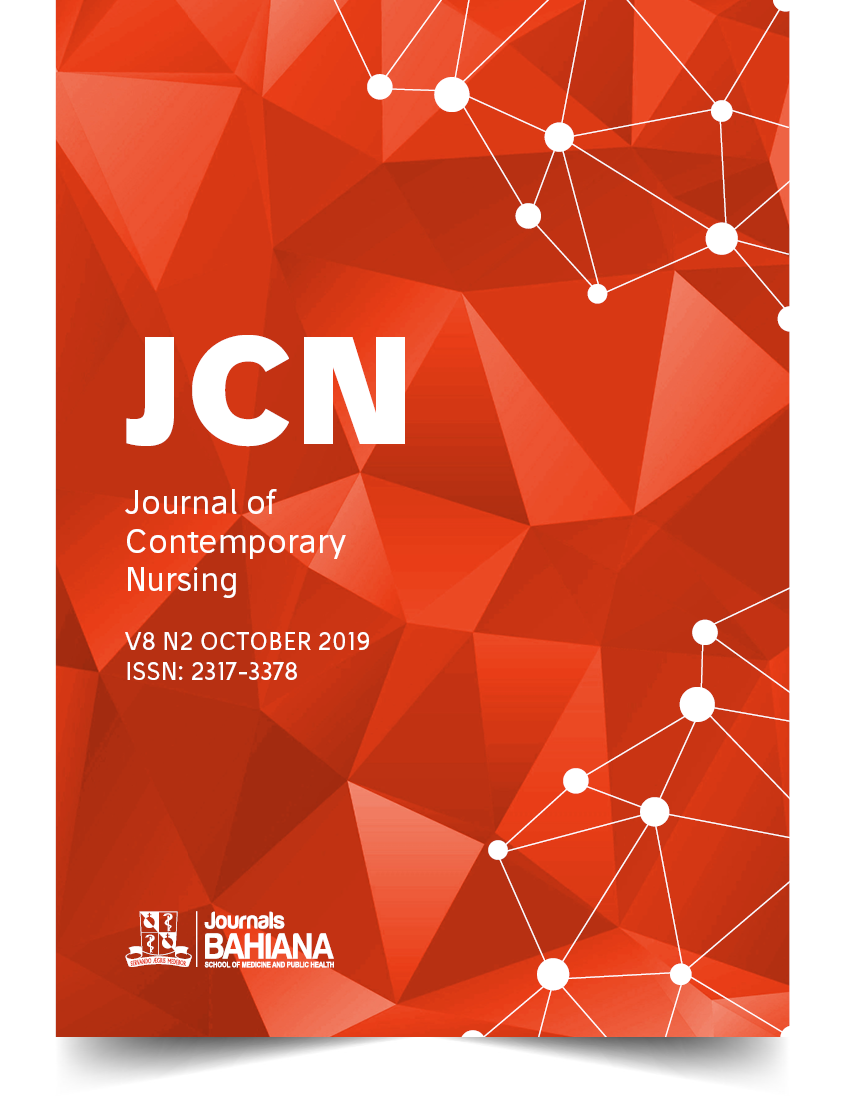Potential years of lives lost from exogenous intoxication in Brazil from 2007 to 2017
DOI:
https://doi.org/10.17267/2317-3378rec.v8i2.2447Keywords:
Poisoning. Death. Mortality Records. Potential Years of Life Lost. Health Information System.Abstract
OBJECTIVE: This work aims to assess the Potential Years of Life Lost (PYLL) according to causes of exogenous poisoning in Brazil (2007-2017). METHOD: Descriptive and exploratory study, with secondary data obtained from the relevant national institutions, the Sistema Nacional de Agravos de Notificação (SINAN) and the Mortality Information System (SIM), from 2007 to 2017, in Brazil. The variables investigated were: deaths by intoxication; groups aged 15 to 19 years old, 20 to 39, 40 to 59, 60 to 64 and 65 to 69; toxic agent; year; gender and each region of the country. RESULTS: There were a total of 317,687 PYLL, in which the age group aged 20 to 39 years old represented 56% of the deaths, with male prevalence corresponding to 60% of cases of premature death. Undue use of medicines accounted for the highest number of PYLL (74,131). The Southeastern Region presented a higher PYLL value than other regions of the country. CONCLUSION: Exogenous intoxications were responsible for a significant portion of premature deaths and PYLL according to proportional mortality analysis. Most of the deaths, according to groups of causes analyzed on this work, were male deaths aged 20 to 59 years old, who were users of undue medicines, Southeastern Brazil’ local residents.Downloads
Download data is not yet available.
Downloads
Published
10/24/2019
Issue
Section
Original Articles
How to Cite
1.
Maia SS, de Souza VS, Souza ED, Faustino TN. Potential years of lives lost from exogenous intoxication in Brazil from 2007 to 2017. Rev Enf Contemp [Internet]. 2019 Oct. 24 [cited 2025 Dec. 14];8(2):135-42. Available from: https://journals.bahiana.edu.br/index.php/enfermagem/article/view/2447



